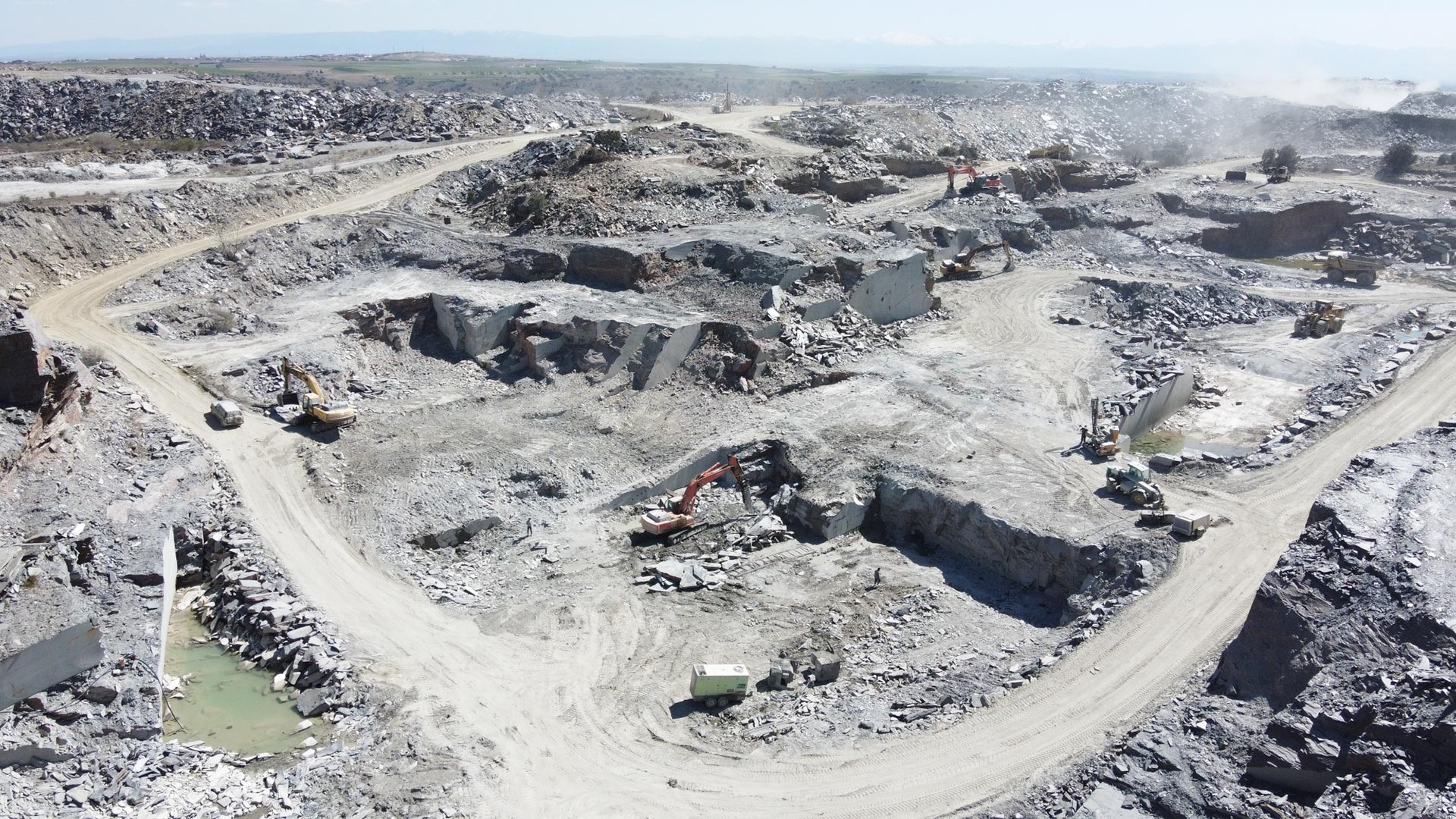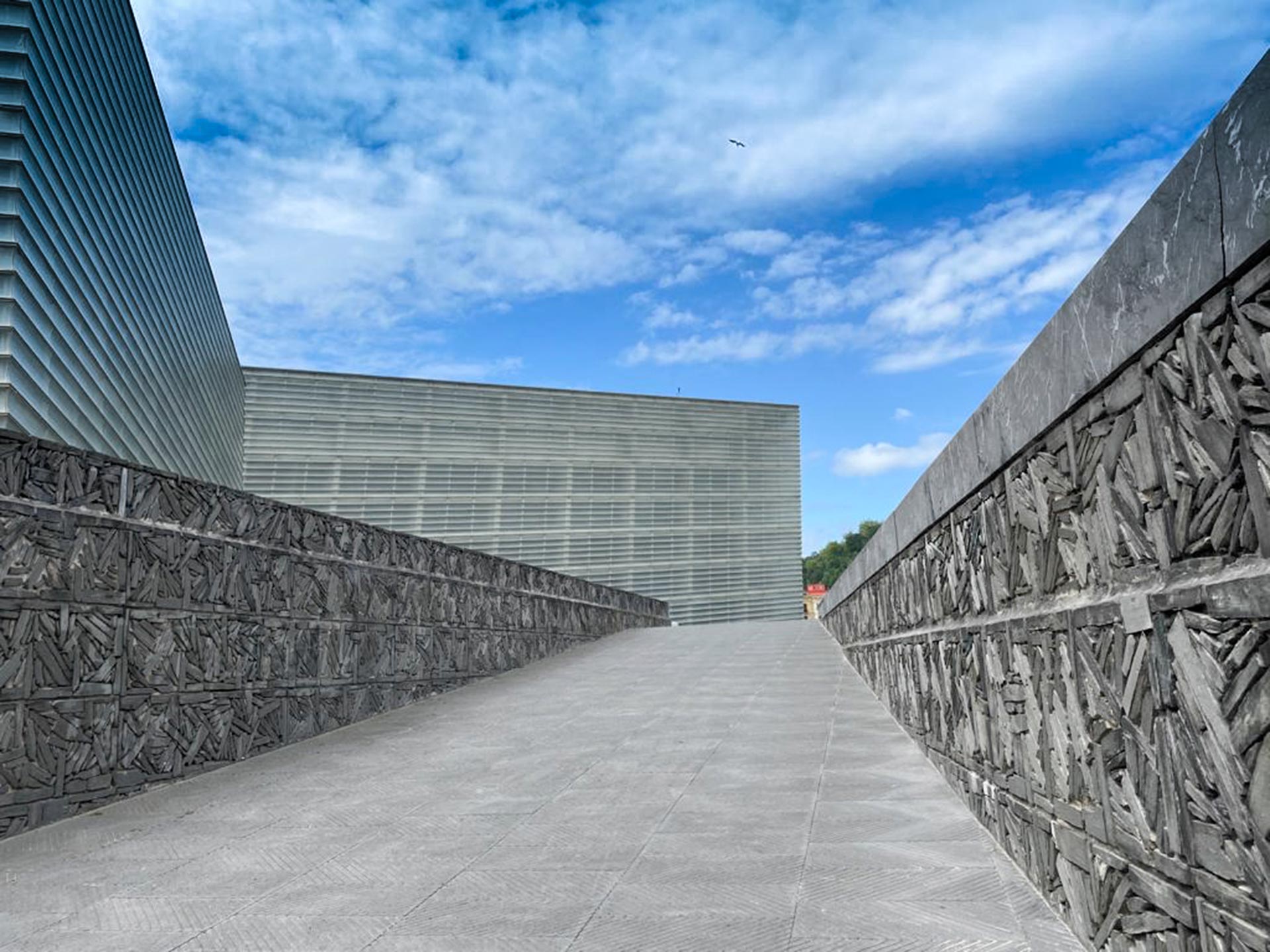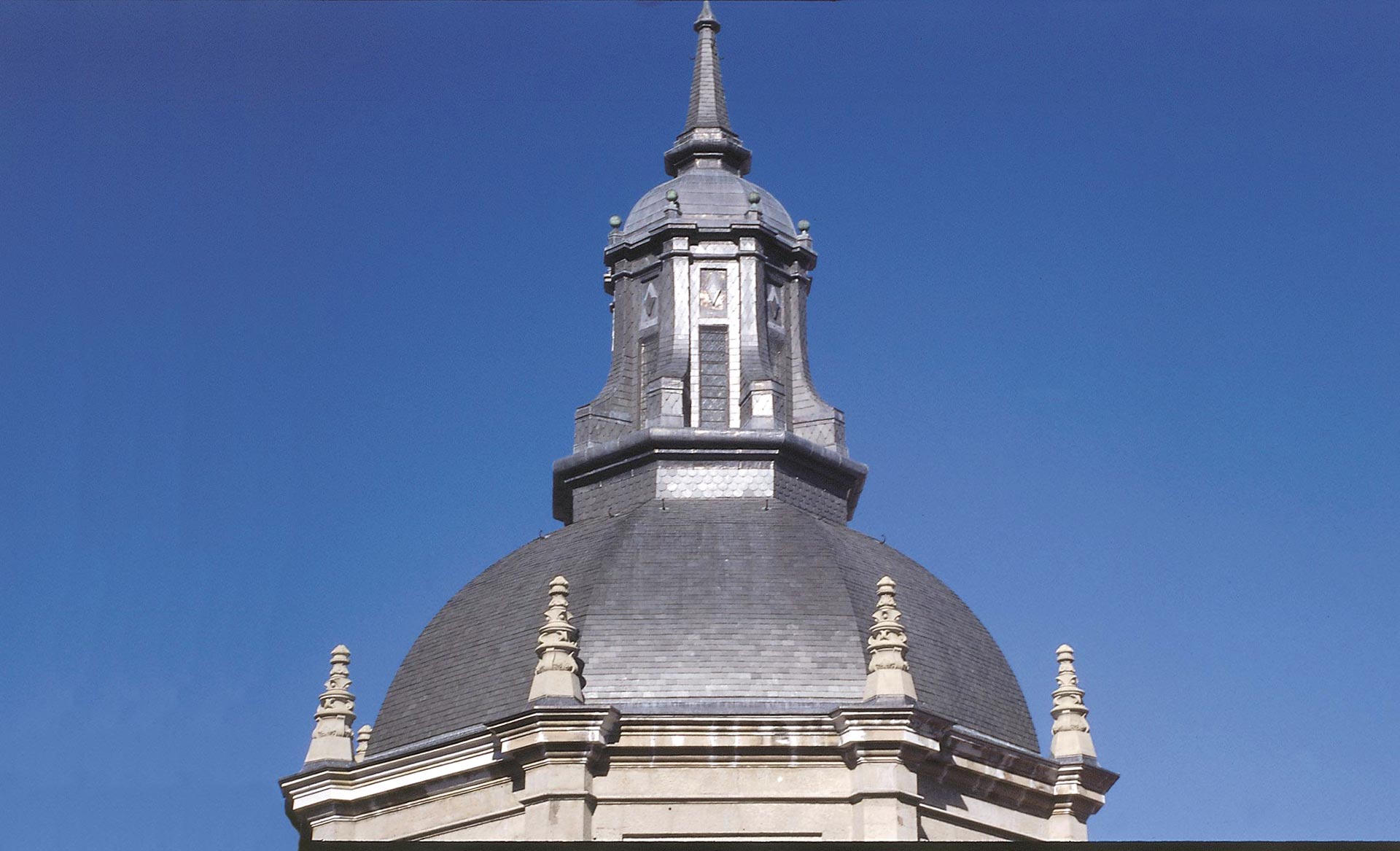
Naturpiedra Phyllite quarry in Bernados, Spain
Local native name
Year designation
Lithology
Aesthetics
Geological settings
Precambrian-Lower Cambrian – Santa María La Real Massif – Schist Greywacke Complex
Location
Province of Segovia, Bernardos
Naturpiedra Phyllite quarry in Bernados, Spain
Phyllite roofs from the Spanish Baroque
In 1559, the King Philip II ordered to look for suitable oucrops of roofing slate. As a young prince, he had visited several European countries, becoming fascinated by the different styles of slate roofing, especially by how it shone as it reflected the sunlight. Shortly after he was crowned, Philip II ordered that new royal buildings should be erected with slate roofs. Prospectors seek out slate in the vicinity of Madrid, luckily finding them in Bernardos, province of Segovia. Since there was no tradition of slate roofing, slate masters were brought in from Flanders, Blegium. As the quarries were the property of the Crown, their output was used exclusively in royal buildings, although some slate was occasionally smuggled out for local use. The first three royal buildings with slate roofs were the Palace of Valsaín in the forest of Segovia, the palace of El Pardo, and the Royal Alcázar of Madrid, although the most symbolic building is the Monastery of San Lorenzo de El Escorial, erected between 1563 and 1584. The use of roofing slate was established and maintained as a distinctive style for the Spanish monarchy until the 19th century, when the decline of Spain’s economic strength and the indifference of the new Bourbon monarchs led to the abandonment of many longstanding royal buildings. In 1909, an English company, The Bernardos Slate Quarries, Ltd., opened a new quarry in Bernardos after a long search for roofing slate outcrops all over the Iberian Peninsula. The industry passed through difficult times due to the Spanish Civil War and the subsequent isolation of the fascist regime of General Franco. During the 60´s of the last century, the quarries were revitalized and today Bernardos roofing slate is produced and exported all over the world.
- Author(s)


